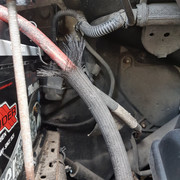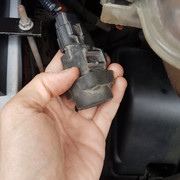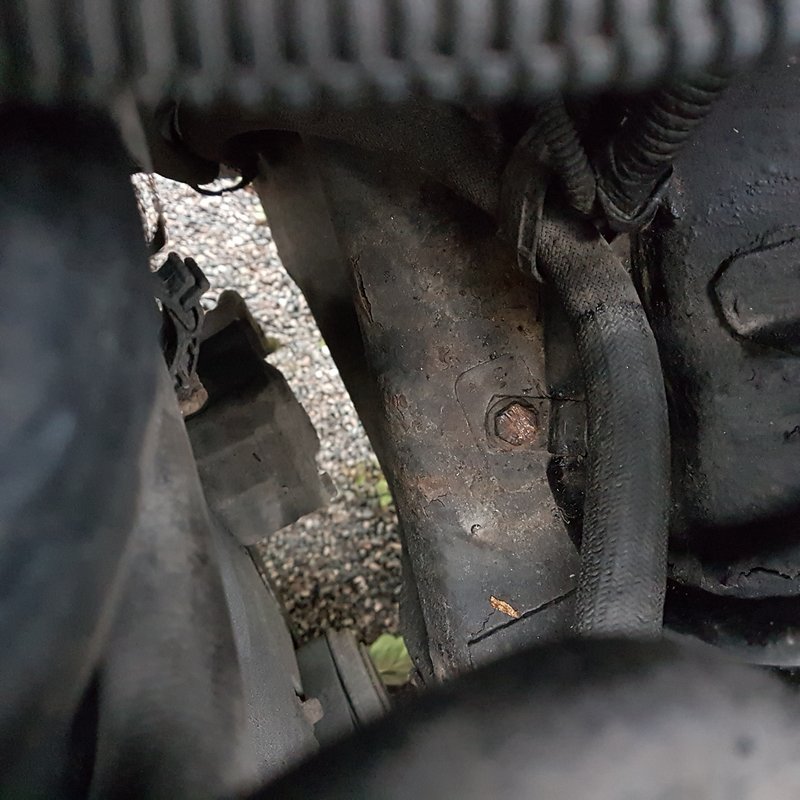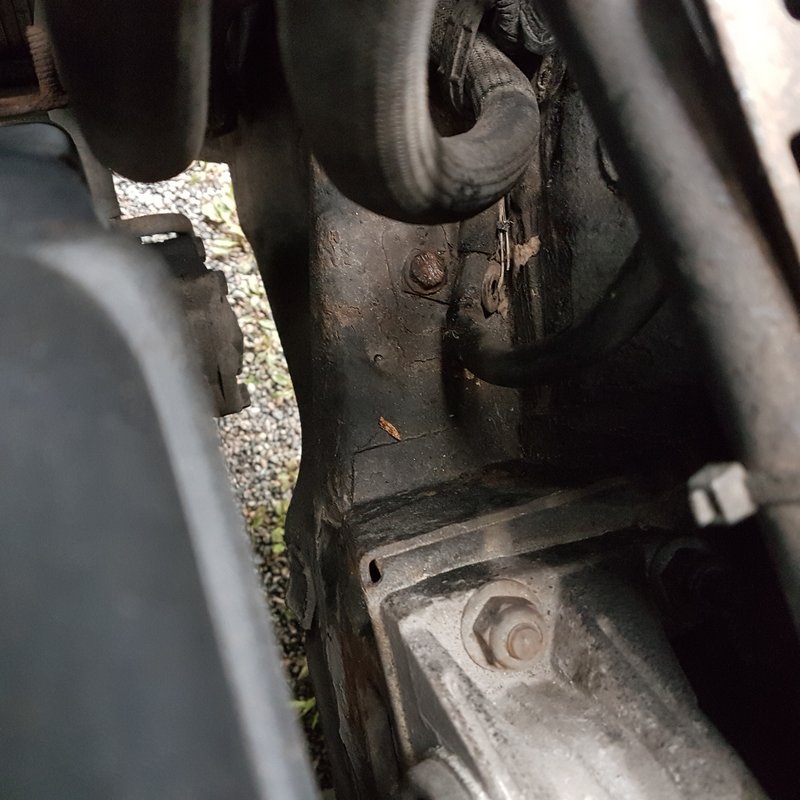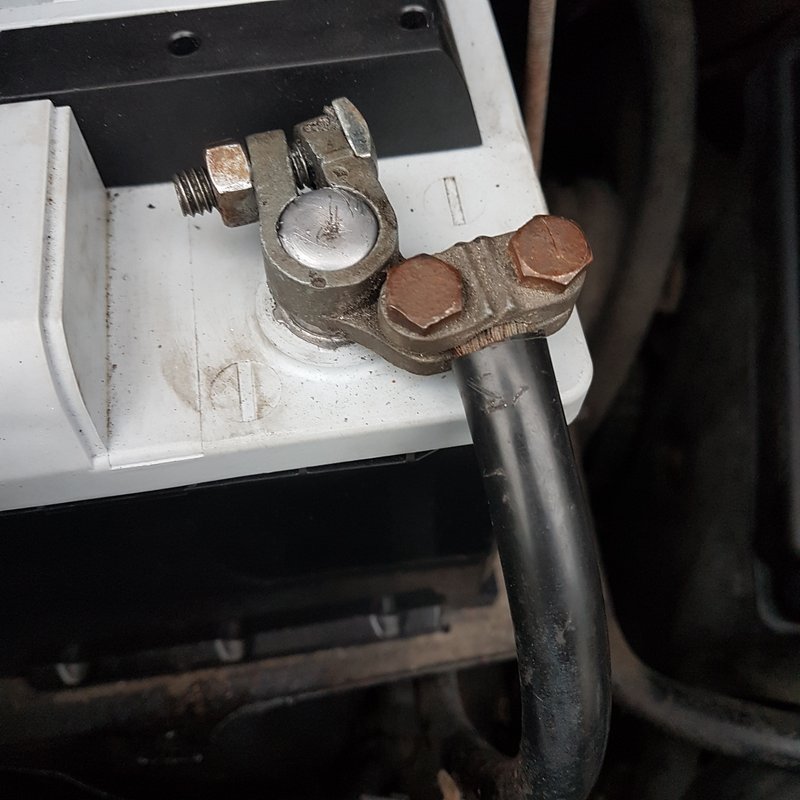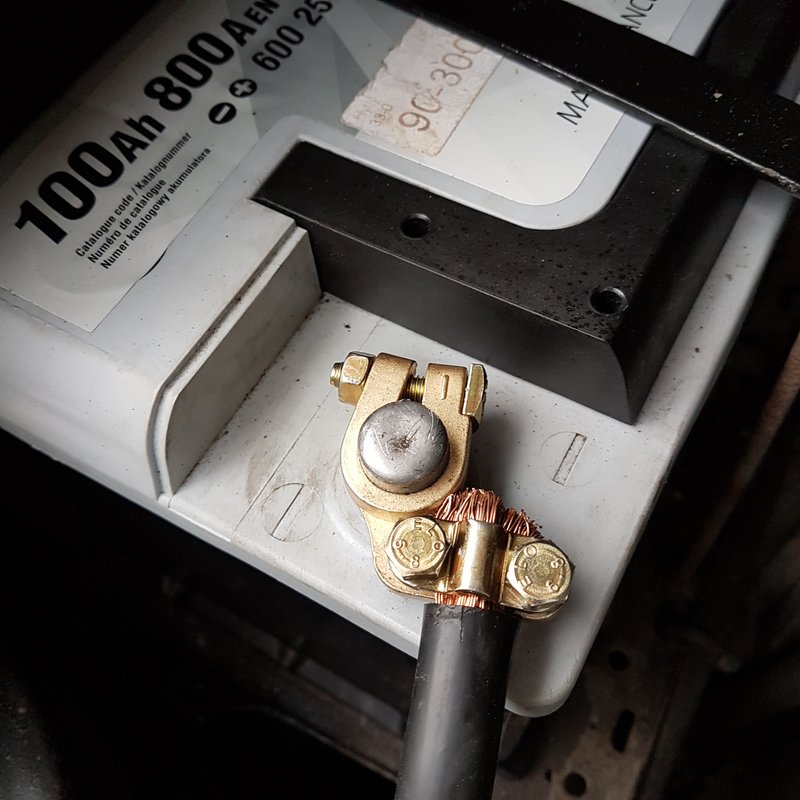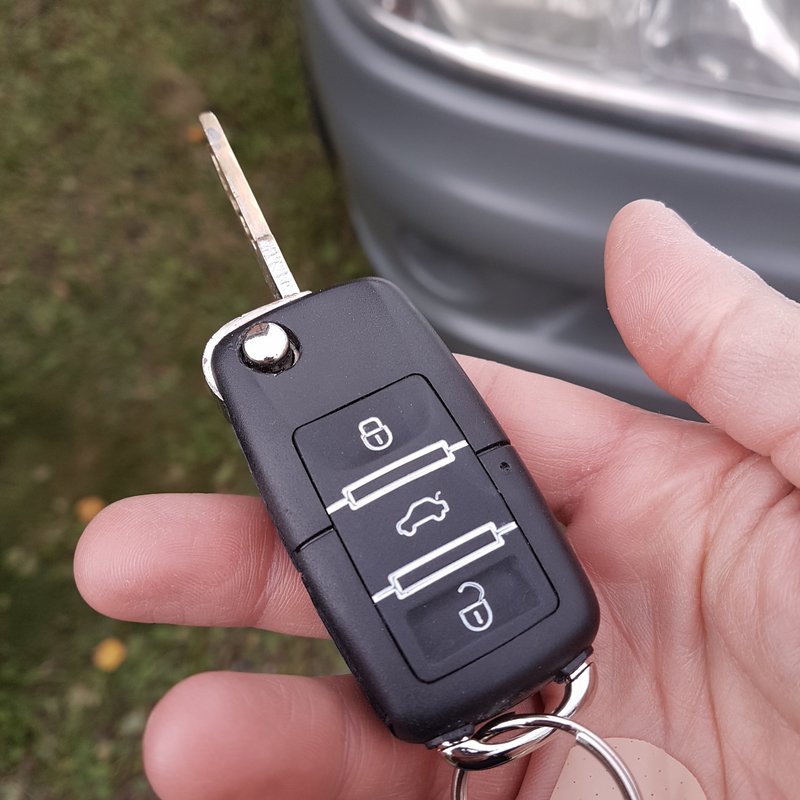Communicator
Prominent member
- Joined
- Aug 3, 2019
- Messages
- 3,483
- Points
- 949
So, finally some good news.
The fuel pump not priming was indeed due to the inertia switch being activated. Below is how I found it initially, just dangling downwards at the back.
Also, notice the broken mount on the switch.
I mounted it securely at an upright position, clicked the button back to place and... lo and behold, the fuel pump was back to work happily.
Good news indeed.
=======================================================
But it gets even better: I managed to fix the central locking system! After wiring back the unit and supplying 12v and earth, it all came back to life.
Yes, more good news.
========================================================
Now, I think I will just get a remote fob to control the locks and call it a day.
If not already done, you will have to refit the Cobra unit, or replace with a Fiat alarm unit and receiver + Fiat key fobs, which could be expensive, and difficult to install. See link.
http://4cardata.info/elearn/244/2/244000001/244000003/244000005/244002006
========================================================
Comm, I did check the alternator on several occasions and it is showing around 14.3 to 14.4v on tick over.
Noted. I do not recall this being mentioned previously.


